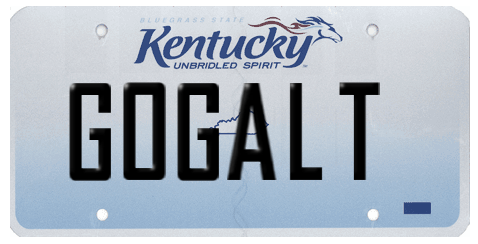That is at least 3 in the past week.
First, you can choose to publish your book as a print edition, e-book or both. With print editions, the most common system now is called “print on demand.” That means you don’t actually have the book printed until someone buys it.
That’s unlike the old days, say 15 years ago, when if you published your own book, you had to commit to buying hundreds or thousands of copies.
The advent of digital printing means it makes economic sense to print one copy at a time, said Kevin Weiss, president and chief executive of Author Solutions, which owns numerous self-publishing companies, including iUniverse, AuthorHouse and Xlibris.
“Before, you had to fill your garage with books and pass them on to all your best friends,” Mr. Weiss said.
Self-publishing is obviously taking off, but statistics on new titles are almost impossible to come by because so many books counted as part of “nontraditional” publishing include reprints of old books now in the public domain.
But Mr. Weiss said his company was on track to publish 26,000 new books this year, compared with 13,000 four years ago. CreateSpace, the self-publishing arm of Amazon.com, doesn’t release numbers, but a spokeswoman, Brittany Turner, told me in an e-mail that its books increased by 80 percent from 2009 to 2010.
There are many reasons potential authors want to publish their own books, Mr. Weiss said. They have an idea or manuscript they have passed around to various agents and publishers with no luck; they may just want to print a few copies of, say, a memoir for family members; they want to use it in their business as a type of calling card; or they actually want to sell a lot of books and make their living as writers.
“You have to know what services you’re buying, who retains the rights, and realize that getting a book published is not the same as getting it marketed,” Ms. Shanley said. “One size doesn’t fit all.”
Then there’s choosing the right company. If you’re technologically comfortable, Lulu.com or CreateSpace may be good options. CreateSpace, for example, doesn’t charge upfront fees, but you’ll pay if you want additional services like copy editing and design layout. And it costs $5 to $10 for the printed proof.
On the other hand, iUniverse and AuthorHouse offer what Mr. Weiss called “assisted self-publishing.” But the price of that assistance can range widely, starting as low as $400 and going as high as $15,000.
For the lower end, you get help in creating a cover and getting a copyright and ISBN number (the numeric book identifier). You’ll also get one paperback copy of your finished book, as well as an e-book distributed on all platforms, including the Kindle and the Nook. The book will also be sold through Amazon and Barnes & Noble.
For $15,000, you get content editing and copy editing, indexing, citations and footnoting, and promotions like book trailers, placement in Google searches and other goodies. And you receive 150 paperback and 50 hardback copies of your book.
